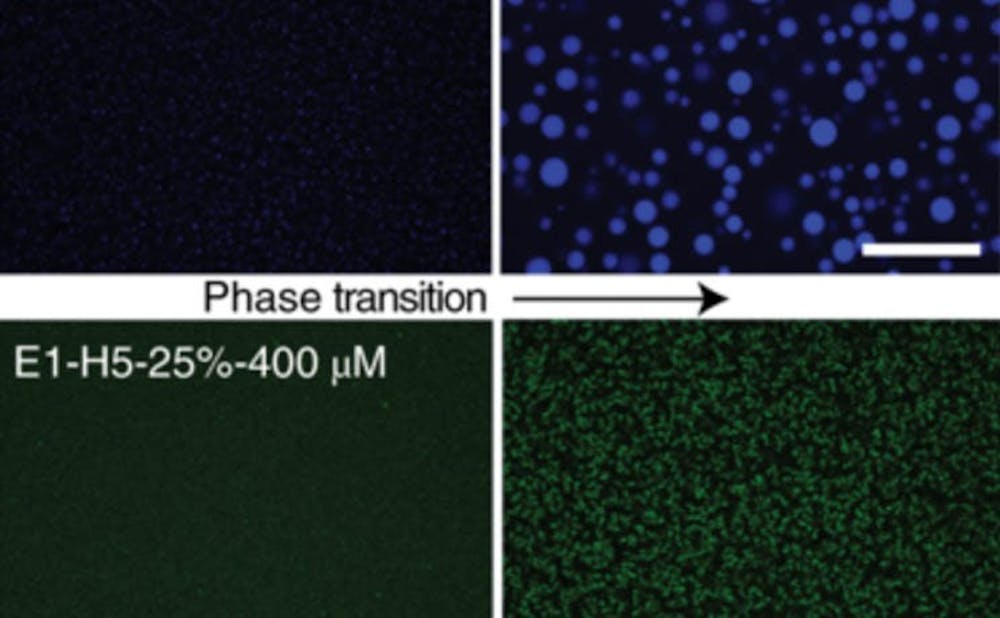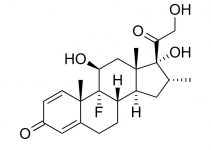“Frankenstein Protein” That Promotes Wound Healing
Researchers from Duke University and Washington University in the U.S. have demonstrated how bio-materials they created can help to promote wound and tissue healing in people.

‘Frankenstein protein’ that can heal wounds
The biomaterials developed by the researchers feature what they called “Frankenstein proteins.” According to the study published in Nature Materials, these proteins integrate easily into tissue and promote healing when injected.
Biomedical engineering researchers developed artificial elastin – an elastic, extracellular protein – using ordered and disordered segments. This protein forms an aggregate, or becomes a solid scaffold, at high temperatures but appears liquid at lower temperatures.
Elastin is highly elastic and is present in different parts of the body. The protein enables tissue, organs, and blood vessels to return to their original form after being compressed or stretched.
Scientists have been studying elastic proteins for many years with a view to developing artificial variants that could be used for promoting tissue healing. But they have not met with significant success in this regard until now.
Prior to about two decades ago, the common belief among researchers was that proteins must have a fixed shape to be helpful for tissue regeneration. But it has been observed in more recent years that intrinsically disordered proteins (IDPs) can also be helpful.
An innovative approach to wound healing

Researchers in this study created the so-called Frankenstein protein by decomposing animal tissues and synthesizing them with artificial material. They essentially made partially-ordered proteins (POPs) by combining fully disordered elastin-like polypeptides (ELPs) with ordered domains.
Rohit Pappu, lead researcher of the Pappu Lab at Washington University, St. Louis, noted that elastin has both rigid and softer, spaghetti-like variants. He and his team had been studying the softer structures prior to collaboration with researchers from Duke University.
When injected, the Frankenstein proteins become solid, stable scaffolds in response to body heat. They supposedly integrate easily into neighboring tissue without serious inflammation issues. The scaffold also encourages the formation of blood vessels, thereby enhancing healing.
According to the researchers, it was observed that the biomaterials were capable of dissolving into liquid form after serving the intended purposes when the body temperature lowers.
Variety of potential uses
The ability to combine both ordered and disordered segments to form proteins with one-of-a-kind properties will mean so much in regenerative medicine and tissue engineering. It means scientists would be better able to adapt the properties of proteins to suit a variety of uses.
Among the possible uses of this Frankenstein, protein is the treatment of surface ulcers. It can be used in skin grafts for burn and cancer victims. The main requirement is just to tailor it more closely to each need.
“For a skin graft, you might want material that lives in tissue for a year and falls apart,” Pappu said. “So we will change the ratio of ordered to disordered regions and change the hysteresis loop.”
According to Roberts, he and his team noticed the distinctive ability of elastin when investigating it for other uses. They plan to make this protein available in the market because there is currently no similar product with such a wide range of applications.
The Duke Chronicle reports that Roberts will be working with other researchers and clinicians next year with a view to spreading the use of the protein.
References
Duke researchers create ‘Frankenstein protein’ that can heal wounds
Biomaterials with “Frankenstein Proteins” Help Heal Tissue
FEEDBACK:



